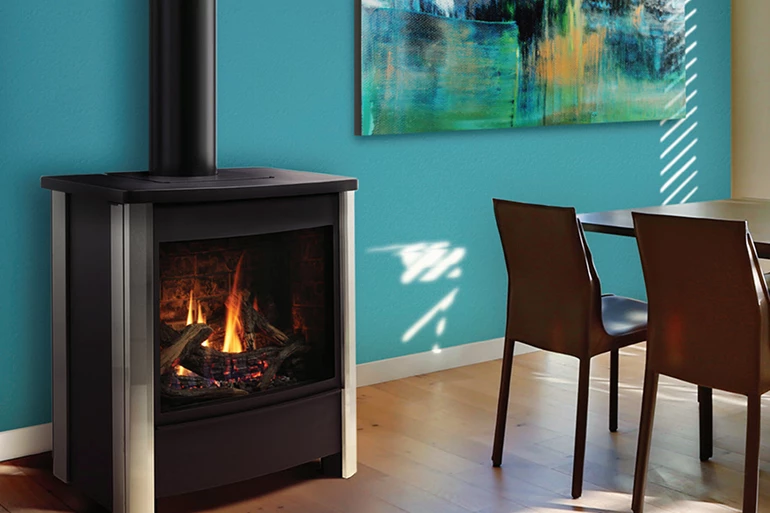How to Choose the Right Venting for your Fireplace
Whether you just bought a fireplace, are planning to buy a stove, or just need to replace the pipe for an old unit in your house, choosing the right venting components is critical for both proper performance and safety. In this article we will discuss the basics about the different types of vent and chimney pipe that are used on these hearth appliances.
New Fireplace, Insert, or Stove
Every new vented gas fireplace, wood burning fireplace, vented gas or wood fireplace insert and stove have specified requirements for the proper venting components as determined by the manufacturer.
Every new vented gas fireplace, wood burning fireplace, vented gas or wood fireplace insert and stove have specified requirements for the proper venting components as determined by the manufacturer. Specific brands or types of pipe apply to a particular category. For example, you would not use the same pipe on a wood stove as you would for a vented gas fireplace. Purchasing the correct chimney components is absolutely essential. A frequent misconception we see often is a homeowner or contractor assuming that existing chimney pipe from an old fireplace can be used on a new model, especially if the pipe diameter used on the new unit matches the chimney that is already in place. However, this is a truly rare occurrence because most old chimney and vent systems are no longer used with new units.


